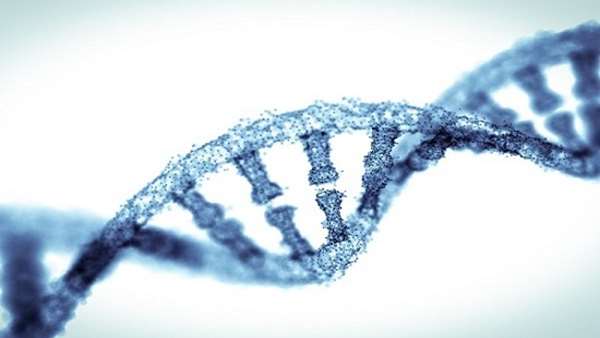Gene editing technique could treat ALS and Huntingtons disease
The most common gene editing technique, CRISPR-Cas9, only modifies DNA. Thats helpful in most cases, but it means that you cant use it to tackle RNA-based diseases.
The most common gene editing technique, CRISPR-Cas9, only modifies DNA. Thats helpful in most cases, but it means that you cant use it to tackle RNA-based diseases. Thankfully, that might not be a problem for much longer. After plenty of talk about editing RNA, researchers have developed a new RNA-oriented technique (RCas9) that can correct the molecular errors which lead to diseases like hereditary ALS and Huntingtons.
The team achieved its feat using guide RNA that steers the editing enzyme toward a matching sequence of target RNA molecules. In the lab, its highly effective it fixed nearly all of the broken RNA targets in muscle cells, leaving cells that were far healthier.
Of course, this is in lab conditions. The scientists readily admit that theres much more work to be done before gene editing could help in the field. More than anything, it would be difficult to send RCas9 to patient cells. The benign viruses youd normally use for gene therapy just cant hold a full-fledged Cas9 payload; the researchers had to prune theirs to make it fit. And of course, theres the question of conducting trials and proving that the technique is safe.
Nonetheless, this could prove to be hugely important for treating these RNA diseases. Right now, there arent any therapies that would stall the onset of diseases like ALS. This wouldnt likely represent a cure, but it could give patients full functionality for longer before the effects of their diseases set in.
http://www.sciencedirect.com/science/article/pii/S0092867416302045





ارسال به دوستان